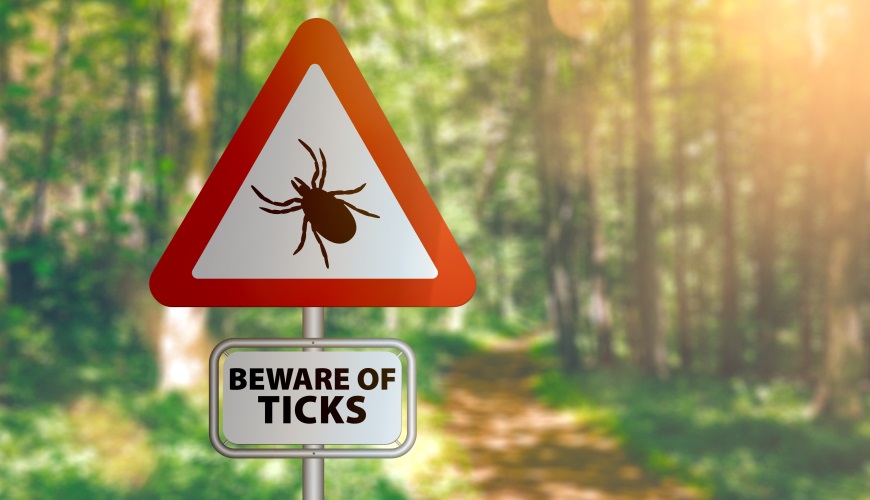its that time of the year for Tick-Borne Diseases!
Ticks are tiny, yet formidable creatures that belong to the arachnid family, which also includes spiders and mites. This means they are not insects which have 6 legs that have 8 legs. These minute parasites are infamous for their role in transmitting a variety of diseases in humans and animals worldwide. Understanding their behavior, life cycle, and the health risks they pose is essential for effective tick prevention and control.
Understanding Ticks: From Egg to Adult
A tick’s life cycle consists of four stages: egg, larva, nymph, and adult. Each stage requires a blood meal from a host for the tick to develop further. Depending on the species, ticks can choose different hosts ranging from birds and reptiles to mammals, including humans.
Ticks lay their eggs in the environment, and once these hatch, the larvae seek out a host. After a blood meal, the larvae molt into nymphs, which also require a blood meal to transform into adults. The adults then seek out a final host to feed, mate, and for females, lay eggs. Tick Guide link
Tick Habitats and Behavior
Ticks thrive in various environments, including forests, grasslands, and even urban areas. They are not able to fly or jump, instead, they use a behavior called “questing” to find their hosts. Questing involves climbing to the top of a blade of grass or leaf, stretching their front legs out, and waiting to grab onto a passing host.
Understanding the Dangers: Tick-Borne Diseases
Ticks are vectors for numerous diseases, with Lyme disease being one of the most commonly known in the United States. This bacterial infection can cause a range of symptoms, including fever, fatigue, skin rash, and joint pain. If left untreated, it can lead to more serious complications affecting the joints, heart, and nervous system. When left untreated they can even cause death.
Most people think the ticks develop lyme disease from biting deer but it’s actually small rodents like a mouse which could carry the Borrelia bacteria and then when they bite you, you could be infected with Lyme disease. There are a few types of ticks but the one that could carry Lyme disease is the deer tick.
Other diseases transmitted by ticks include Rocky Mountain spotted fever, anaplasmosis, babesiosis, and tick-borne encephalitis, each with their unique symptoms and health implications.
Prevention and Control
The best way to avoid tick-borne diseases is through prevention. This involves avoiding areas where ticks are known to live, wearing protective clothing when in tick-infested areas, and using insect repellents that are effective against ticks.
After spending time outdoors, especially in wooded or grassy areas, it’s important to check yourself, your children, and your pets for ticks. If you find a tick, it’s important to remove it promptly and correctly to minimize the risk of disease transmission.
Seek medical attention if you develop a rash or fever within several weeks of removing a tick. This is especially important if you live in or have recently visited an area known for tick-borne diseases.
Final Thoughts
Ticks are more than just pesky parasites; they’re carriers of diseases that can seriously impact our health. By better understanding these tiny creatures and taking appropriate preventative measures, we can protect ourselves and our loved ones from the health risks they pose. Stay vigilant, stay informed, and keep safe in your outdoor adventures.
Keep up to date with our health tips at Right Celebrity

